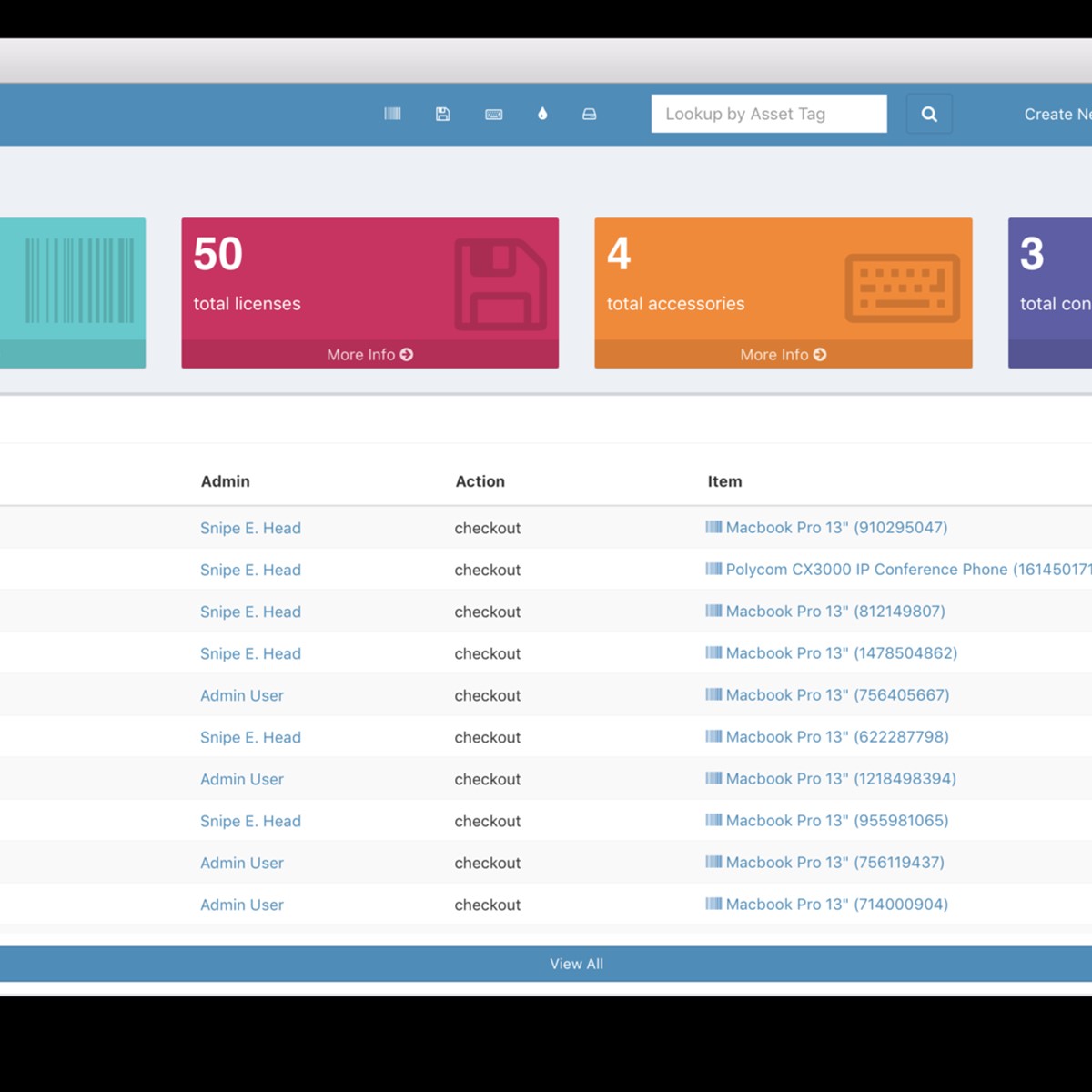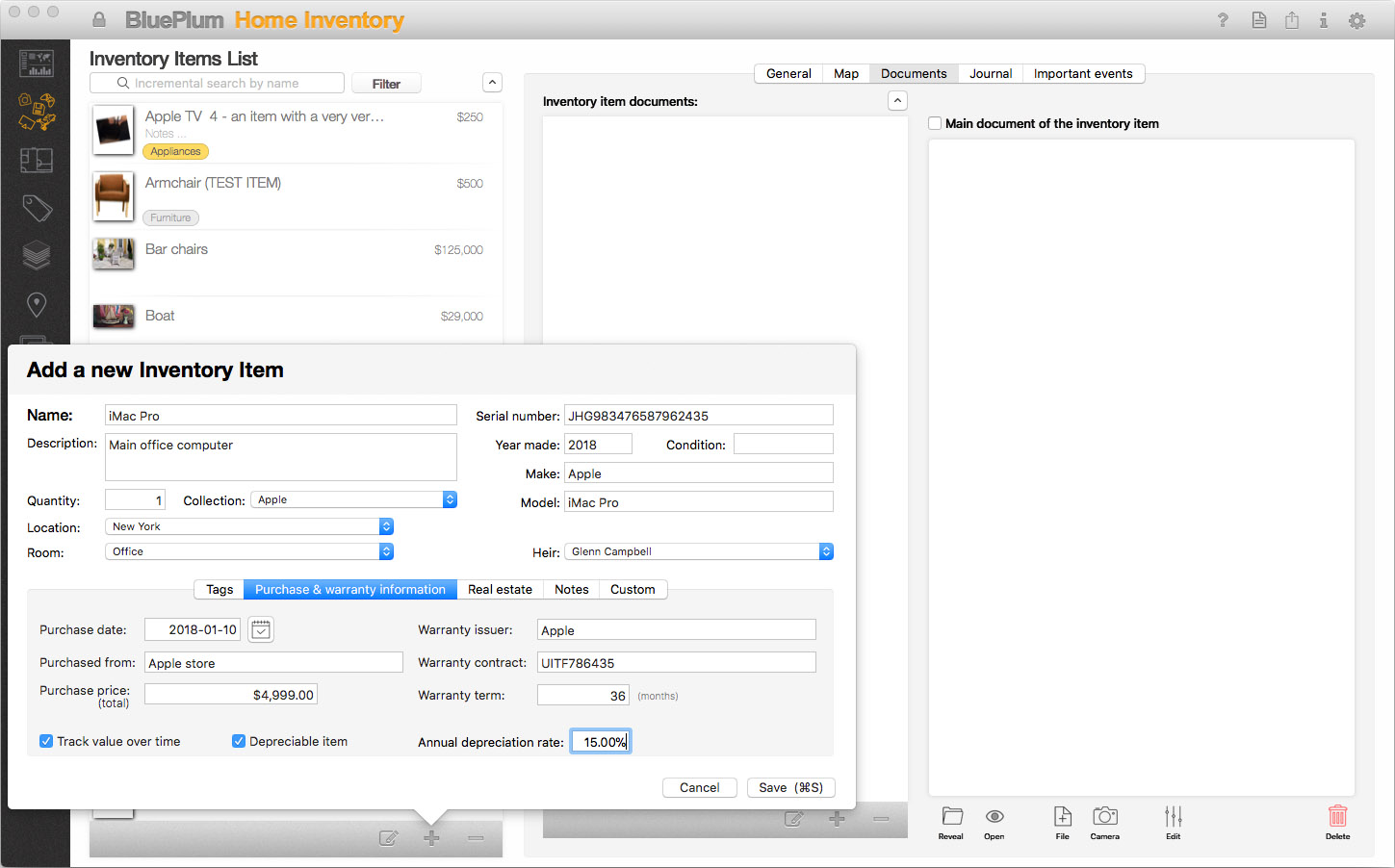

Core functionality definitely centers around your inventory levels, but this kind of software also tracks sales, purchase orders (POs), and deliveries. In this way, inventory management software sometimes overlaps with typical asset management software. An inventory management system's function is to track those warehouse items through acquisition, sales, or use processes locate them across one or many warehouses, and price (cost) the inventory (sometimes in multiple currencies) so you know the value of items you have in inventory for accounting purposes. The software should integrate with at least one other back-end office system, namely, with either your accounting or enterprise resource planning (ERP) package. While "inventory management" sounds like it's a simple tracking of what you have, inventory management software actually goes several levels deep. To help with this task, we have tested and compared nine inventory management software packages in this review roundup. Deciding on the right software package for your business can be difficult as you need to weigh required features against the best pricing. Tying that inventory product information into all of the other data platforms your organization uses requires a dedicated software called inventory management software. For small to midsize businesses (SMBs), keeping track of all these items can get difficult quickly if you're just using a spreadsheet to do so. Inventory management also involves finding out what your supply partners or your best customers have in stock. Inventory management also includes keeping track of what's in your parts department, including individual parts and the combinations of those parts used to build other products and services. Inventory management encompasses much more than simply keeping track of what you keep in your warehouse or retail storeroom.

How to Free Up Space on Your iPhone or iPad.How to Block Robotexts and Spam Messages.


 0 kommentar(er)
0 kommentar(er)
